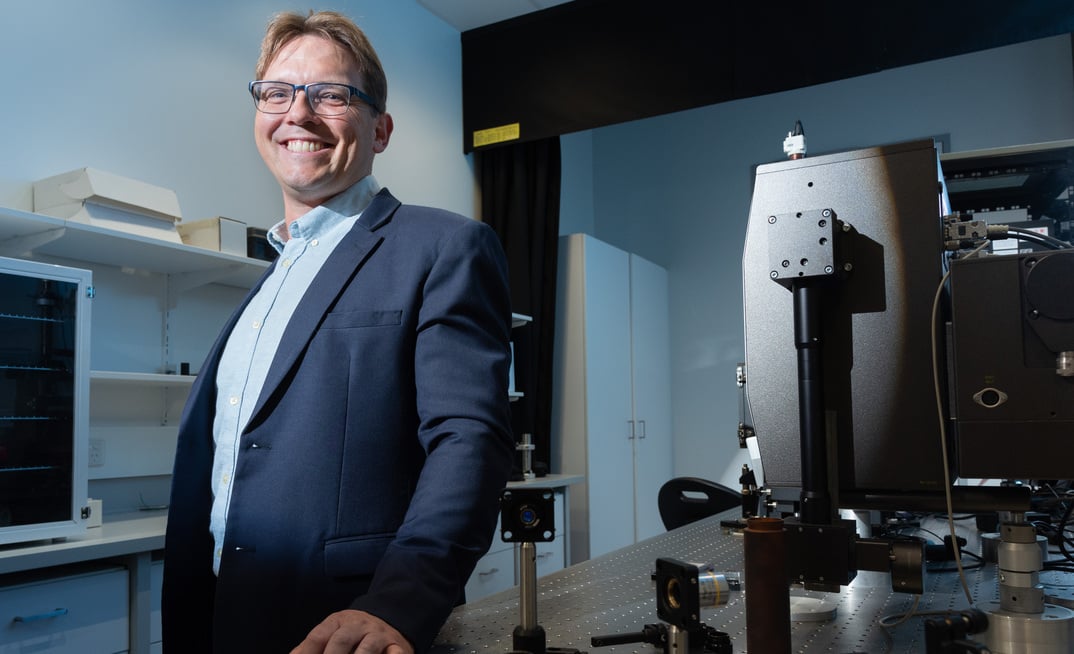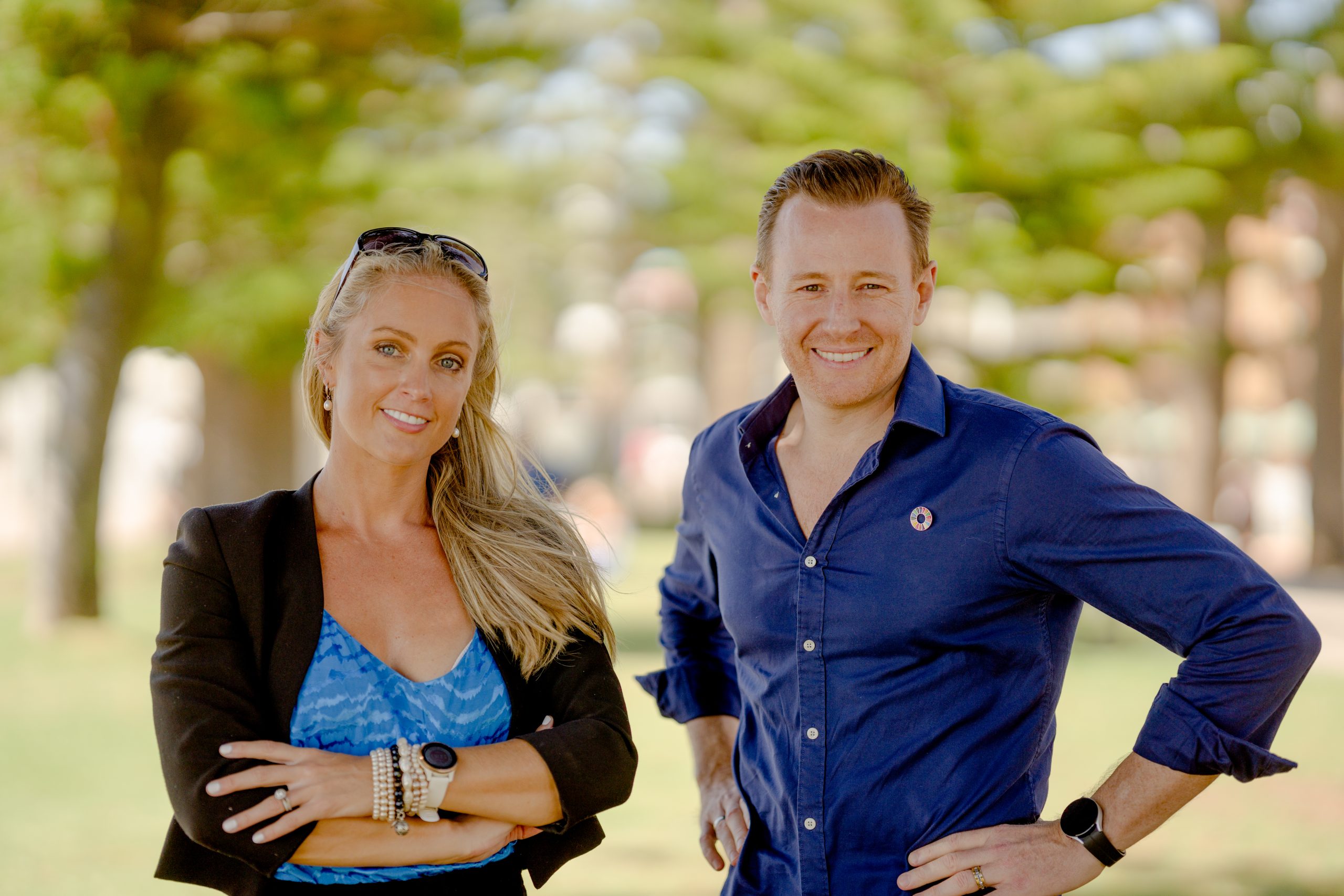(This editorial was originally published in the Canberra Times)
By Leonie Valentine, former Google managing director, and Chief AI Officer at the Australian Regional AI Network (ARAIN).
When I was growing up in regional Australia, my mother loved direct mail catalogues.
She’d flip through the pages, fill out the order form, send it postage-paid, and “voila!” – weeks later a box of assorted goods, ranging from pot plant holders to parachute pants, would arrive at our post office box.
Today, regional, rural and remote Australians have the same online shopping opportunities as those based in cities with much improved delivery timeframes compared to the 1980’s.
However, options like same-day or next-day delivery, and frictionless returns, are often limited to major metropolitan areas, leaving regional Australians to pay more for the same convenience.
It’s just one example of how we’ve enabled new customer experiences through digital technology, but we haven’t always thought them through with the needs of all users in mind.
Likewise, artificial Intelligence (AI) is now expected to add $115 billion and 200,000 jobs to the Australian economy by 2030.
But to fully realise the opportunity and potential AI-powered productivity gains, we need to be inclusive of Australia’s regional businesses and communities.
The massive regional opportunity
Industries like farming, agriculture, fisheries, new energy, and forestry may not feel like typical AI targets at first glance. But the potential returns within these industries are significant.
Based on academic and economic studies that have looked at productivity gains following AI adoption, Goldman Sachs estimates that the average increase in productivity is about 25 percent.
Considering that regional Australia contributes $584 billion to GDP, annually, this implies that AI adoption has the potential to add an additional $146 billion to the economy.
But to realise these extraordinary gains will require millions of dollars of Federal Government support to dramatically increase AI uptake, potentially through a portion of the $22.7 billion Future Made in Australia Act.
This support is required not only to fund the physical infrastructure needed for AI, and encourage the uptake of AI solutions, but also to educate, engage, and collaborate with local communities and businesses to ensure that their needs can be met in the process.
Because, critically, if we want regional Australia to realise the potential efficiency, productivity, and innovation gains to be captured from AI, they must lead at every step of the journey.
Case in point: Sustainable lobster farming
At first glance, a regional Lobster farm seems an unlikely candidate for AI.
Yet AI is being implemented to monitor and analyse the behaviour of lobsters, in order to create a sustainable production line for the growth and development of aquaculture.
With a world-first sustainable breeding program, generative AI gives the potential to discover new ways to increase yield and ensure a quicker and more efficient breeding process through augmented research, deeper insights, leveraging vast professional knowledge, and a smarter overall approach.
And there are dozens more use-cases springing up across regional Australia.
For instance, meteorologist and weather presenter Jane Bunn has developed an AI-powered hyper-localised weather forecasting system that unlocks detailed weather insights for farmers.
This precision forecasting can be applied to all manner of microclimates on individual properties or farms, allowing users to schedule operations in a way that optimises output and efficiency, and reducing the chances of a failed crop and the extra labour and heartache that goes along with it.
The possibilities are almost endless. Bush mechanics could upload service manuals to a chatbot, facilitating far speedier troubleshooting and instructions during maintenance and repairs.
Some regional landowners are already installing AI-enabled cameras to monitor and track wildlife movement on their properties, helping them make far more informed wildlife management decisions.
These AI solutions – designed for the regional business owner, with the needs of regional communities at their heart – can save regional businesses both time and money.
Where tech meets human experience
My career has taken me from rural Maffra to Melbourne to study science at university, to the offices of Telstra in Australia and Hong Kong, and more recently to one of the world’s best-known tech companies, Google.
Throughout this journey I’ve always held the view that there is no point in building technology for technology’s sake. If nobody uses it, it’s not useful.
To empower regional businesses with data, digital, and AI technologies, we need to educate, engage and then collaborate to build confidence and capabilities. We must build tools that will actually be used to help owners to run their businesses and serve their customers and communities more efficiently.
This means starting a dialogue about the possibilities of, and problems to be solved with, AI-powered technologies, as well as the challenges and the opportunities of solution development and deployment. This dialogue must involve the ultimate end users – regional business owners, community stakeholders, and industry experts.
As we begin to roll out AI Adopt Centres first in regional Gippsland, and then in every Australian state, there will be local consultation at every step of the way.
Because there’s magic at the intersection of technology and human experience. It’s not about how the technology works, it’s how it works for a particular user, business, industry or community.
We would love to expose more Australians to the potential of AI technology, to inform, educate, inspire and spark imagination, through the Australian Regional AI Network (ARAIN).
Because when it comes to human-centric solutions that solve real problems for regional businesses, it will actually be regional people who will be the true innovators.










